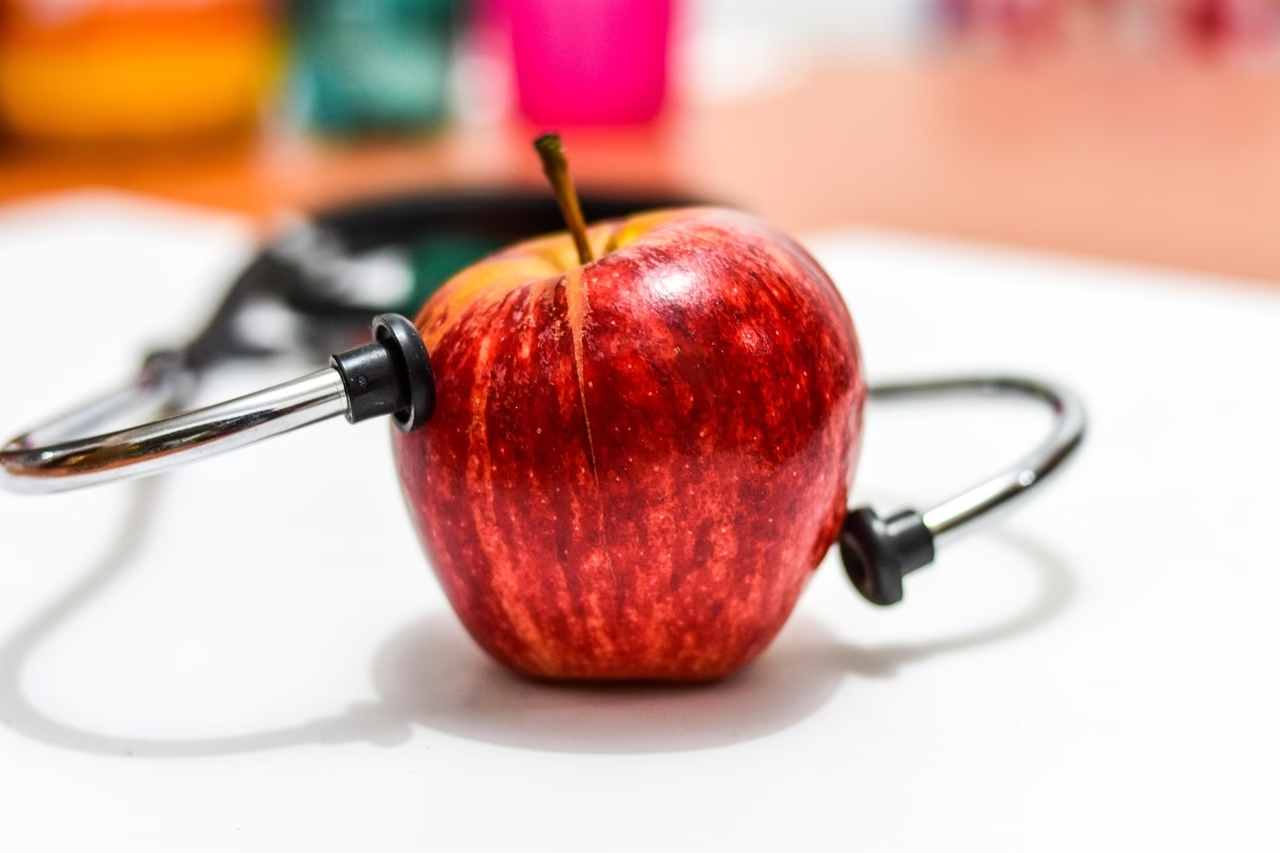“The Rise of ‘Rucking’: How Walking with Weighted Packs is T
June 11, 2025 | by Rachel Bloom

The Rise of Rucking:
How Walking with Weighted Packs is Transforming Fitness Routines
“Finding peace in movement has always guided my wellness journey. Over the past year, rucking has given me not only a profound sense of grounding but also sparked fascinating conversations in both research and client circles.
Let’s explore why this simple, age-old practice is shifting the landscape of modern fitness—one step at a time.”
If you’ve noticed more people walking city trails or neighborhood streets with sturdy backpacks, you’re witnessing a fitness renaissance rooted in our most fundamental motion: walking. But this isn’t ordinary walking—it’s rucking, a practice born from military training that is now gaining ground in wellness communities, athletic circles, and among anyone seeking strength, clarity, and resilience.
What Exactly Is Rucking?
Rucking is the act of walking with a weighted backpack, or “ruck,” for an extended period or distance. At its core, it’s remarkably simple: put some weight in a backpack and set out for a purposeful walk. The roots of rucking trace back to military marches, where service members carry gear over long distances. Today, civilians are embracing this practice for its blend of strength, endurance, and mental health benefits.
Why Is Rucking Booming?
A major draw of rucking is its accessibility. Unlike many high-intensity workouts, rucking welcomes all fitness levels. No expensive gym memberships or complicated equipment—just a sturdy pack, some weight (even ordinary books or water bottles will do), and the great outdoors. This elegant simplicity, combined with robust community support, makes rucking feel both inclusive and empowering.
For many, rucking offers a refreshing alternative to the relentless hustle of modern fitness. It honors slowness, intention, and presence—qualities so often lost in the noise of our daily routines.
The Science-Backed Benefits
As both a researcher and practitioner, I’m delighted by what the science reveals about rucking:
- Cardiovascular Enhancement: Carrying weight elevates heart rate more than typical walking, boosting endurance and cardiovascular health without the joint strain of running.
- Functional Strength: The added load fortifies hips, glutes, core, and back. Every step engages stabilizer muscles, encouraging better posture and core integrity, critical for injury prevention as we age.
- Bone Density & Metabolic Benefits: Weight-bearing movement stimulates bone formation (vital for women, especially post-menopause) and may increase calorie burn by up to 60% compared to walking unweighted at the same speed.
- Mental Resilience: Rucking is meditative. The rhythmic motion, fresh air, and subtle challenge of carrying extra weight foster a grounded mental state, ideal for stress reduction and clarity. The gentle, repetitive nature can even reduce symptoms of anxiety and depression.
A Holistic Approach to Movement
What I love most about rucking is its harmony with holistic health. Movement should not be punishment—it should be nourishment. Rucking quietly defies the myth that “harder” is always better. It allows us to engage mindfully with our bodies, our breath, and the world outside.
I’ve seen clients, from young professionals to retirees, rekindle their relationship with exercise through rucking. They speak of improved sleep, fewer aches, and a rekindled connection with nature and community.
Getting Started—With Care
If you’re inspired to give rucking a try, start gently:
- Pick a sturdy backpack and begin with 5–15 pounds (or 5–10% of your body weight—whichever feels lighter).
- Prioritize comfortable, supportive footwear since you’ll cover more ground than you might imagine.
- Start with short walks and focus on form; stand tall, keep your core engaged, and shorten your stride if needed.
- Listen to your body. Gradually increase distance or weight—it’s a practice, not a race.
For those recovering from injury, managing chronic illness, or new to exercise, check in with a trusted healthcare provider first. Rucking can be wonderfully adaptable with the right approach.
The Mindset Shift We All Need
In a culture obsessed with extremes, rucking reminds us of the overlooked power in simple, steady effort. It’s about showing up for ourselves—step by step, weight by weight—cultivating both strength and gentleness. As a wellness practitioner, I believe these are the qualities that truly transform lives.
So perhaps this is our invitation to step outside, pack our “baggage” with intention, and walk into a more resilient, peaceful version of ourselves.
Dr. Rachel Bloom

RELATED POSTS
View all



